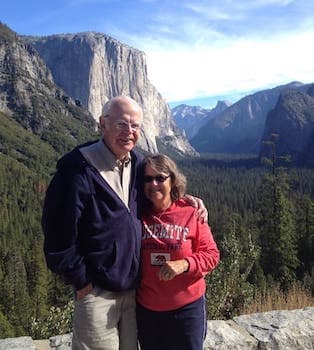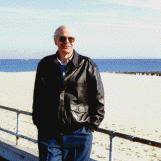
Curated with aloha by
Ted Mooney, P.E. RET

The authoritative public forum
for Metal Finishing 1989-2025

-----
Prepare for electrical bond per HP14-30?
Hi,
I have a drawing that states prepare indicated surface for electrical bond per HP14-30. Does anyone know where I can find that document or what the process is? Thanks
Machinist - Wayne, New Jersey
April 14, 2010
April 16, 2010
Hi, Andrew. Are the parts made of aluminum? I think this is a chromate conversion coating / chem film spec., but I don't know the origin -- maybe Hewlett-Packard?
Regards,

Ted Mooney, P.E.
Striving to live Aloha
finishing.com - Pine Beach, New Jersey
HP spec of this variety are from Hughes - could be Hughes Helicopter, Mesa, AZ - now part of Boeing. Bonding in this sense typically means doing everything possible to eliminate any electrical resistance between 2 surfaces which can be from mechanically polishing, cleaning and/or chromate conversion coating - however, if the later, it would always be Class 3 as any chromate increases the electrical resistance between 2 surfaces.

Milt Stevenson, Jr.
Syracuse, New York
April 18, 2010
Q, A, or Comment on THIS thread -or- Start a NEW Thread